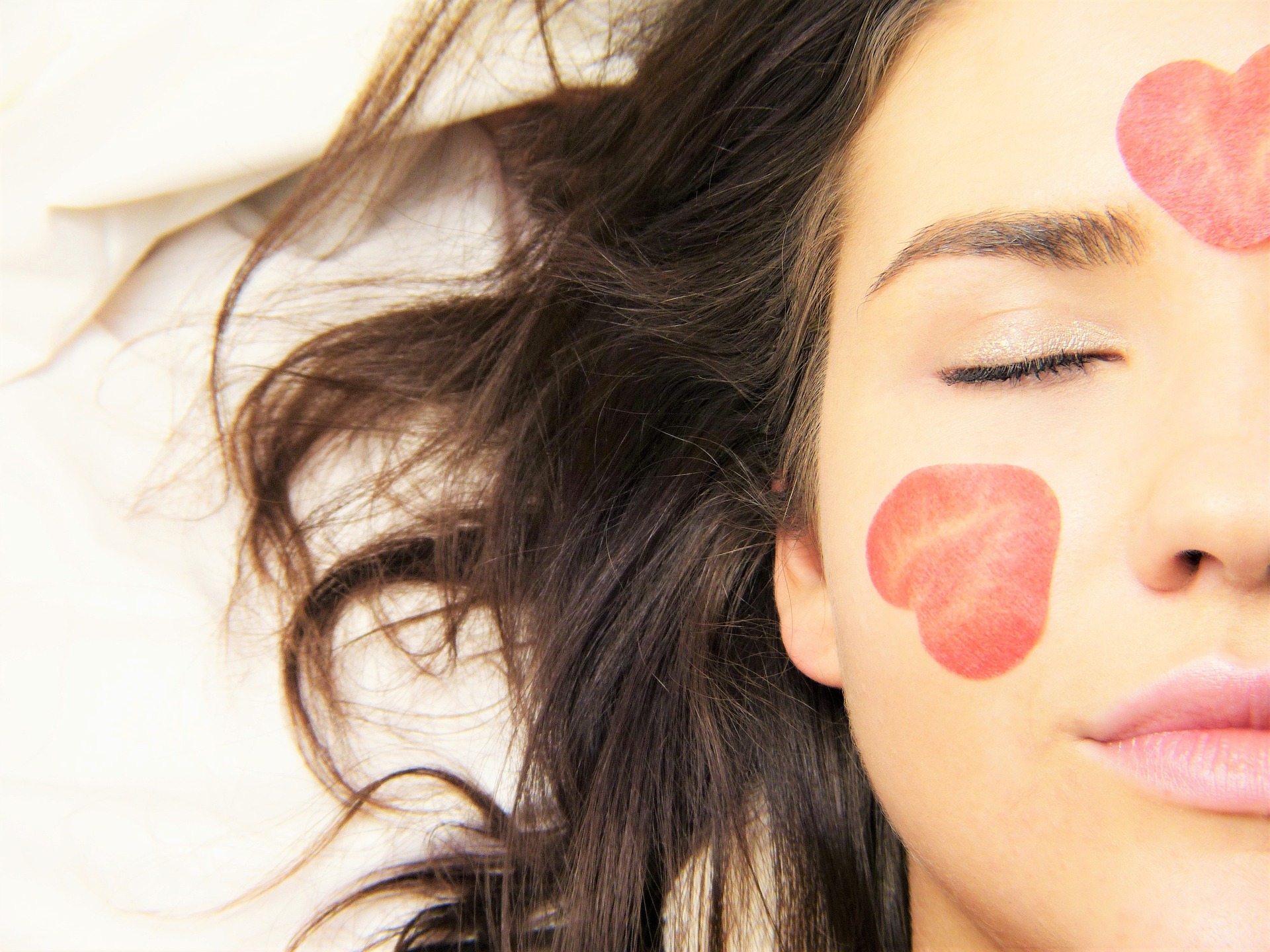Unmasking the Science of Eye Bags: Causes, Effects, and Remedies
The human face is a canvas that exhibits the colors of one's emotions and health. The eyes, in particular, are said to be the windows to our soul, and often, they reveal more than we may want them to. One such revealing feature is the appearance of eye bags. This phenomenon, while often associated with lack of sleep, has a broader range of causes and implications that extend beyond mere aesthetics. This article delves into the science behind eye bags—their causes, effects, and solutions—providing a comprehensive understanding of this common yet often misunderstood skin issue.
The Historical Context and Current Relevance of Eye Bags
While the term ‘eye bags’ is relatively new, the condition it describes has been around for centuries. Ancient Egyptians, for instance, used a variety of remedies such as crushed green malachite, a mineral known for its anti-inflammatory properties, to combat under-eye swelling. Today, eye bags have become a significant concern for many, primarily due to increasing stress levels, lifestyle changes, and heightened focus on physical appearance. The global eye care market, which includes products and treatments for eye bags, is expected to reach USD 2.03 billion by 2027, indicating the issue’s pervasiveness and people’s desire to address it.
Unveiling the Causes of Eye Bags
Eye bags are the result of various factors, including aging, lifestyle habits, and certain medical conditions. As we age, the muscles and tissues that support our eyelids weaken, causing fat to move into the lower eyelids and create a puffy appearance. Lifestyle factors such as lack of sleep, excessive alcohol consumption, and high salt intake can exacerbate this condition by causing fluid retention in the under-eye area. Additionally, certain medical conditions like allergies, dermatitis, and thyroid disease can also contribute to the formation of eye bags.
The Impact of Eye Bags on Perception and Self-Image
Undeniably, eye bags can significantly impact one’s appearance. However, it’s not merely a cosmetic concern. Studies have shown that people with eye bags are often perceived as being older and more fatigued than they actually are. This can affect personal relationships, professional interactions, and overall self-image. Individuals with prominent eye bags may also experience physical discomfort such as itchiness, redness, or dryness, further amplifying the issue’s impact.
Current Trends in Eye Bag Treatments
In response to the increasing prevalence of eye bags, a variety of treatments have emerged, ranging from home remedies to medical interventions. The trend towards natural, non-invasive treatments is particularly noticeable, with an increasing number of people turning to remedies like cold compresses, tea bags, and cucumber slices. However, for more severe cases, medical treatments such as fillers, laser therapy, and surgery are becoming increasingly popular.
One of the latest trends in eye bag treatments is the use of radiofrequency devices. These devices deliver heat to the skin’s deeper layers, stimulating collagen production and tightening the skin. This non-surgical method has gained popularity due to its minimal downtime and lower risk compared to surgical procedures.
The Road Ahead: Preventive Measures and Future Research
Prevention is key when it comes to eye bags. Adopting a healthy lifestyle, including adequate sleep, balanced diet, regular exercise, and proper hydration, can go a long way in preventing the formation of eye bags. In terms of treatment, further research is needed to develop more effective and accessible solutions.
Interestingly, the future of eye bag treatments may lie in our genes. Recent research has suggested that genetic factors play a significant role in the development of eye bags. If confirmed, this could pave the way for personalized treatment strategies based on an individual’s genetic makeup.
In summary, eye bags are more than just a cosmetic concern. They are a reflection of our overall health and wellbeing, influenced by a myriad of factors from aging and lifestyle habits to underlying medical conditions. While treatment options are available, prevention through a healthy lifestyle remains the most effective strategy.






